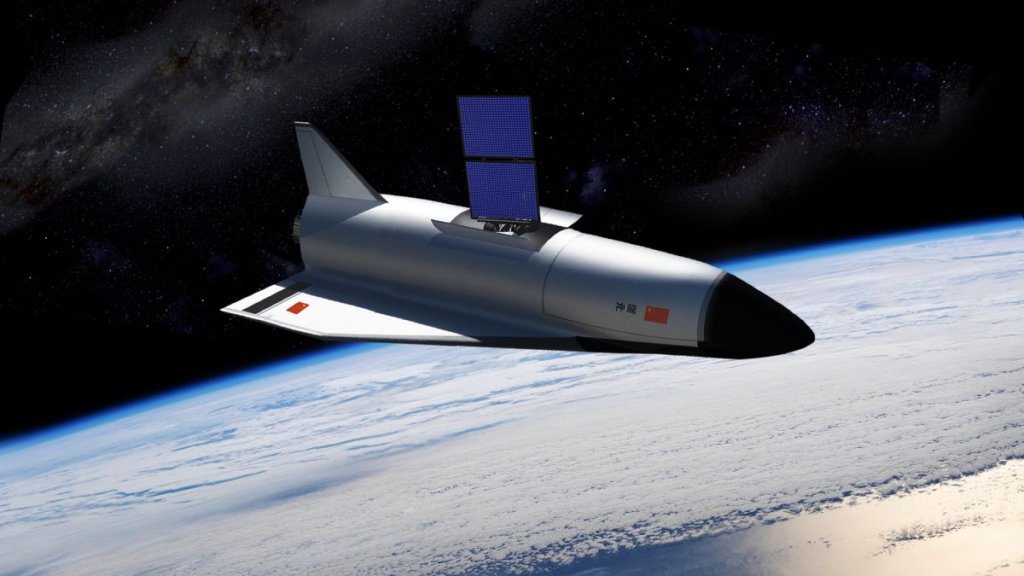The second orbital mission of China’s robotic space plane has come to a close.
The mysterious reusable vehicle touched down Monday (May 8) at the Jiuquan Satellite Launch Center in northwest China, wrapping up a 276-day mission to Earth orbit, according to China’s state-run Xinhua news agency.
“The success of the experiment marks an important breakthrough in China’s research on reusable spacecraft technologies, which will provide more convenient and affordable round-trip methods for the peaceful use of space in the future,” Xinhua wrote in a brief update on Monday (opens in new tab).
Related: The latest news about China’s space program
The space plane launched from Jiuquan on Aug. 4, 2022, kicking off a mission short on details but long on intrigue.
On Oct. 31, for example, the vehicle ejected something into orbit. Some experts speculated (opens in new tab) that the object was a service module, possibly indicating that the space plane was getting ready to return to Earth.
Others posited that the new free flyer was a small satellite (opens in new tab) designed to monitor the Chinese space plane — perhaps the correct guess, given how much longer the robotic spacecraft stayed aloft.
The Chinese space plane’s first orbital mission, which took place in September 2020, lasted just two days.
Western experts think the vehicle is roughly similar to the U.S. Space Force‘s robotic X-37B, which is about 29 feet (8.8 meters) long. The U.S. military is similarly tight-lipped about the X-37B, which has flown six orbital missions to date, the longest of which lasted 909 days.
Mike Wall is the author of “Out There (opens in new tab)” (Grand Central Publishing, 2018; illustrated by Karl Tate), a book about the search for alien life. Follow him on Twitter @michaeldwall (opens in new tab). Follow us on Twitter @Spacedotcom (opens in new tab) or on Facebook (opens in new tab).

